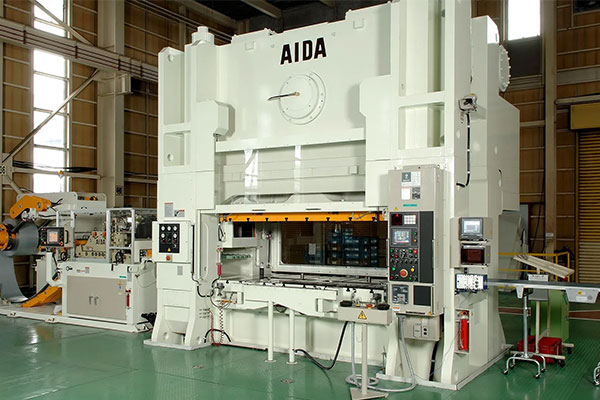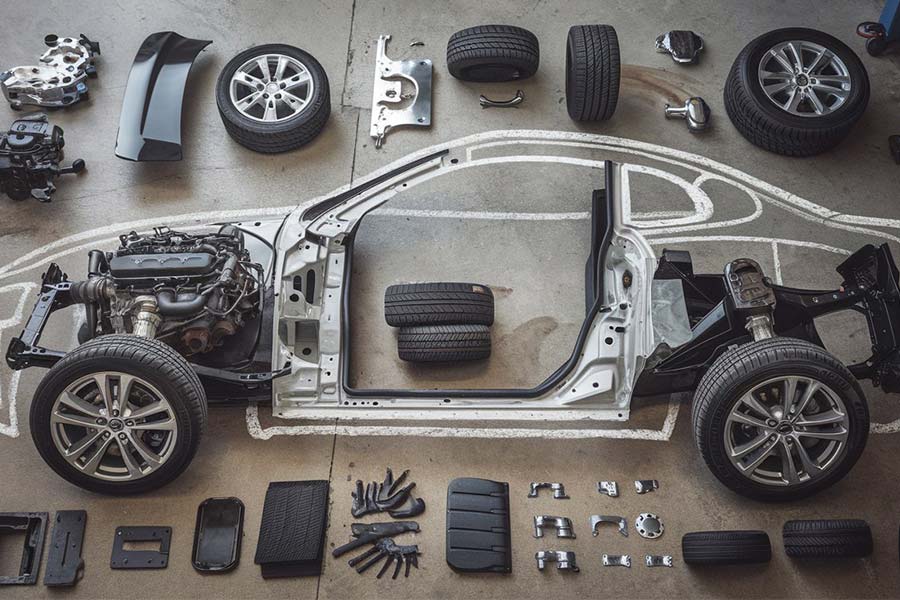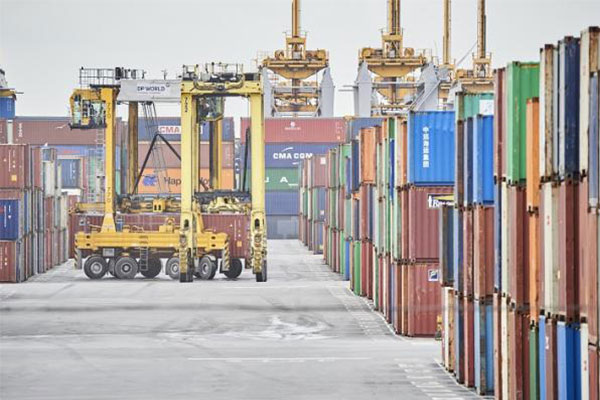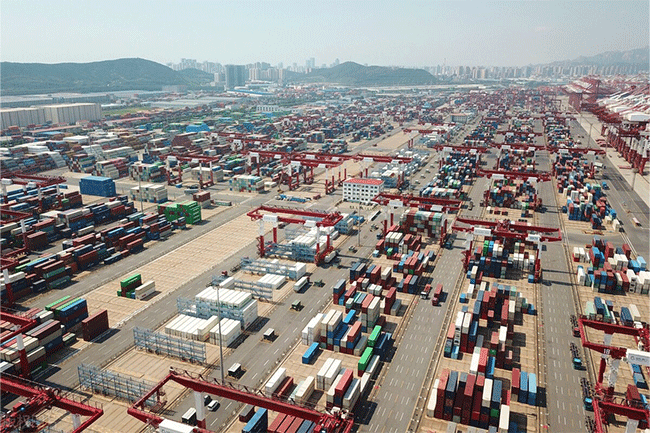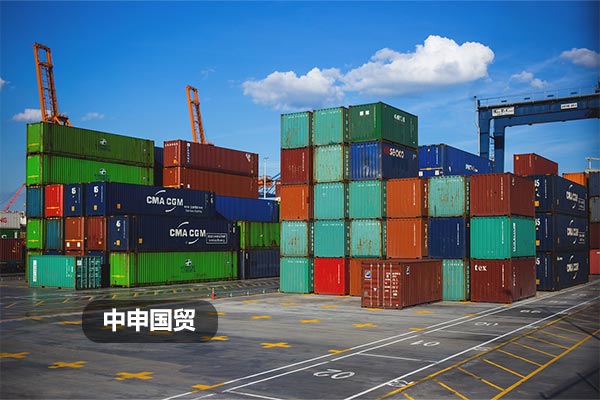- Shanghai Zhongshen International Trade Co., Ltd. - Two decades of trade agency expertise.
- Service Hotline: 139 1787 2118
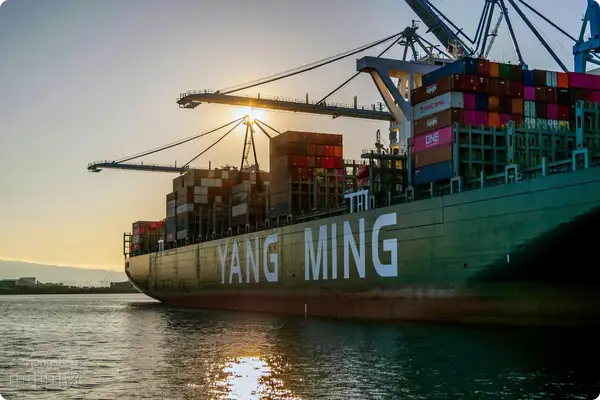
Project Background: Challenges in Importing Precision Equipment
August, 2022, we received an urgent commission from a Japanese-funded enterprise to import a batch of high-precision injection molding machines from Japan. This type of equipment has three distinctive characteristics: high value (over $200,000 per unit), strict customs clearance requirements (involving3Ccertification exemptions), and time-sensitive transportation (clients production line awaiting installation).
As professional agents with 15 years of expertise in the machineryEquipment Importssector, we immediately formed a project team consisting of a customs clearance manager, logistics coordinator, and documentation specialist. Through preliminary communication, we identified the clients two primary concerns: how to avoid port demurrage fees caused by customs delays? How to ensure the equipment remains undamaged during transportation?
II. Customs Clearance Plan Design: Concentration of Professionalism
For this project, we have developed a three-step strategy:
- Pre - review stage: Collect equipment technical parameters 7 days in advance, confirm HS code as 8477.8090 (other rubber or plastic processing machines), with 8% tariff rate and 13% VAT.
- Documentation preparation: Specifically guide Japanese suppliers to improveIt is recommended to verify through the following methods:the details in FORM E certificate of origin to ensure preferential agreement tariff rates.
- Emergency Response Plan: Considering frequent typhoons in Nansha Port during summer, we reserved a 2-day buffer period and purchased full transportation insurance.
Its worth mentioning that during technical document review, we discovered discrepancies between the equipments power parameters and declared voltage. Through timely video confirmation with Japanese engineers, we avoided potential inspection disputes. This eagle-eyed professional review precisely demonstrates the value of an experienced customs declaration team.
III. Customs Clearance Execution: 48-Hour Efficient Operation
After the goods arrived at Nansha Nanwei Port on August 15, our clearance process operated with precision instrument-like efficiency:
| Time nodes | Operation Content | Special Handling |
|---|---|---|
| D1 09: 00 | Bill exchange + inspection declaration | Pre-scheduled priority bill exchange with the port |
| D1 14: 30 | : The customs declaration entity conducts electronic declaration through the pilot platform or cloud customs declaration system, selects the supervision method as 9710, and uploads relevant data such as order information and waybill information. | Using the advance declaration mode |
| D2 10: 00 | Customs Document Review | Supplemented equipment principle explanation |
| D2 15: 00 | Tax Payment | Guided client in using electronic payment |
| D3 09: 30 | customs inspection | Accompanied inspector for on-site unpacking |
| D3 16: 00 | Release for pick - up | Arranged constant-temperature vehicle transportation |
The most critical turning point occurred during inspection. Customs requested pressure vessel safety certification for the equipment. We immediately retrieved pre-stored Japanese JIS certification documents and coordinated with the clients technical department to provide Chinese explanations, completing supplementary material submission within 2 hours.
IV. Lessons Learned: The Golden Rules of Machinery Equipment Import
Through this case study, we have distilled three key lessons:
- Lead time equals competitiveness: All document preparation must be completed at least 5 working days before cargo arrival, especially for special documents like the Machinery & Electrical Product Certificate and CCC exemption certificates.
- Technical parameters require meticulous attention to detail: Critical parameters such as voltage, power, and pressure values must exactly match the declaration - even minor discrepancies may lead to entire shipment inspections.
- Port selection involves strategy: Nansha Port has a dedicated smart clearance channel for mechanical equipment imports, saving an average of 1.5 working days compared to other ports.
V.ZhongShen International TradeService advantages
In this project, we demonstrated three core strengths:
- National service network: With branches in manufacturing hubs like Foshan, Shanghai, and Dongguan, we can provide door-to-door end-to-end tracking.
- Professional team configuration: Each project is supported by our iron triangle service team: customs specialist + logistics specialist + multilingual coordinator.
- Information system support: Our self-developed customs clearance tracking system allows real-time status updates for clients.
Notably, weve specially developed a five-layer protection transportation solution for precision equipment: shockproof packaging + constant temperature transport + GPS tracking + full insurance + professional handling, ensuring safe delivery of equipment worth millions to factories.
Practical advice for importers
Based on our experience handling 200+ machinery import cases, we recommend importers focus on these three aspects:
- When selecting suppliers, consider subsequent clearance factors and prioritize manufacturers who can provide complete technical documentation.
- For first-time imports of new equipment, we recommend applying for advance classification rulings through customs pre-confirmation service for HS codes.
- Effectively utilize free trade agreements - weve helped clients save 11% in tariff costs through RCEP rules of origin.
If youre planning a machinery import project, consider applying the successful strategies from this case. ZhongShen Internationals professional team stands ready to provide end-to-end services from trade compliance consulting to final delivery.
Related Recommendations
? 2025. All Rights Reserved. Shanghai ICP No. 2023007705-2  PSB Record: Shanghai No.31011502009912
PSB Record: Shanghai No.31011502009912
